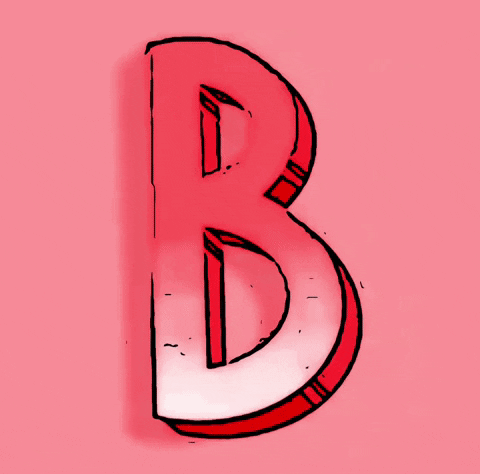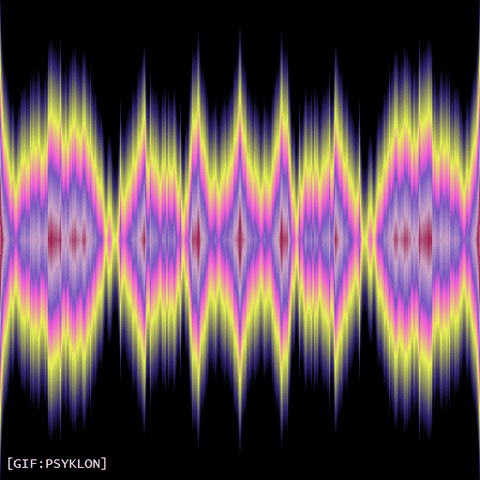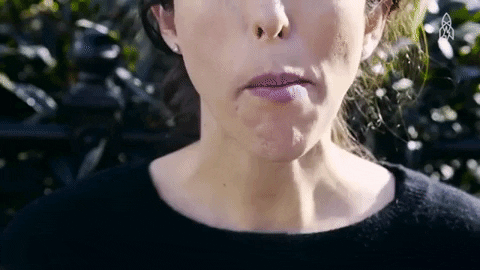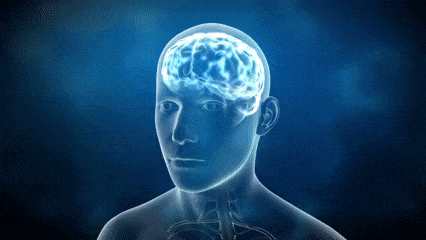Are you left-handed? (Synesthetes tend to be left-handed)
Advertisement - Scroll to continue
Do your memories have a color surrounding them?
Are you a woman? (It would appear that synesthesia is more common in women than men)
Are songs color-coded for you?
When you think about letters or numbers, do you associate them with colors?
When you're feeling emotional over the person you feel close to, can you close your eyes and see specific colors?
Advertisement - Scroll to continue
Can some words make you hungry?
Do you associate specific chunks of the year with shades of light and dark?
Do your sense tend to intertwine? For example, do you ever hear colors or taste shapes?
When you read, do you do it with designated voices in your head?
Do you have a sense of direction about where you are in the year?
Advertisement - Scroll to continue
Do you have the ability to describe your unique experiences to other people?
Can you taste the words while reading them?
When you hear a sound, can you taste something specific?
When you think about numbers, do they sometimes "don't look right" together?
Are you drawn to art and music?
Advertisement - Scroll to continue
Do you experience senses in an unusual way, differently than other people?
Can you connect chords and rhythms with specific hues?
Do you associate lyrics with different colors and shades?
Do you see months, days, or other dates as specific shapes?





Is it possible to hear colors or taste shapes? With synesthesia, it is! When you hear a specific word, can you taste it? Can you see a color in your mind when you think about a friend? If yes, you might have synesthesia. Why not take our quick synesthesia test and become aware of your synesthetic perceptions? Find out what kind of synesthete you are!
What Is Synesthesia?
In the Ancient Greek language, “syn” means “together,” and “aisthesis” means “sensation” or “perception.” The word synesthesia translates to “perceive together.” People with this ability can experience their senses through one another.
How can synesthesia manifest? For example, a person can hear an instrument and strongly associate it with a specific color. They might eat something and feel the geometric shape of their food. Some synesthetes can associate a word with a specific taste, scent, or color.
Synesthesia is an unusual form of perception, but it’s not a disease or a disorder. Many people with synesthesia enjoy seeing the world in a different way than others. Some studies suggest a link between synesthesia and higher creativity and intelligence.
Are you an artsy type? Discover what instrument should you play!
Can You Be Born With Synesthesia?
People with synesthesia usually are born with it. Sometimes it develops during early childhood years. In some cases, it may appear later in life, for example, as a result of meditation, sensory deprivation, psychedelic use, or permanently due to head trauma or a brain tumor.
Types Of Synesthesia
You can experience synesthesia in many ways. Here are some synesthesia types.
Chromesthesia
People with chromesthesia associate sounds and colors with one another. In other words, they see music in color. For example, a person with chromesthesia can see a specific note in yellow, blue, or another color. Sometimes it can be about everyday sounds. Onions sizzling on the pan might be gold or red, and water trickling on the ground might be blue.
Find out if you’re neurodivergent.
Grapheme-Color Synesthesia
Some people with grapheme-color synesthesia will associate letters or numbers with colors. Others see letters and numbers as black marks on white paper but perceive them as colors.
Auditory-Tactile Synesthesia
This kind of synesthesia occurs when a person experiences a bodily sensation when hearing a sound. It can be a tingling sensation, pressure, or tension.
If you’re familiar with the idea of ASMR, you probably noticed a connection. ASMR, or Autonomous Sensory Meridian Response, describes a relaxing, tingling sensation in one’s head, shoulders, and spine, caused by auditory or visual stimuli. ASMR is not the same thing as auditory-tactile synesthesia, however. It’s because tactile sensations are specific to every individual, and ASMR causes a roughly comparable reaction in those who experience it.
Let’s find out what ASMR videos would you be best at making.
Number Form Synesthesia
Those with number form synesthesia have a mental map of numbers whenever they see or think of numbers.
Lexical-Gustatory Synesthesia
Have you ever imagined what it would be like to be able to taste words? It is the experience of lexical-gustatory synesthesia. For example, you might taste lemon when you hear a specific word. This type of synesthesia is rare.
Mirror-Touch Synesthesia
It is another rare type of synesthesia. Some researchers describe it as intense empathy. When a person witnesses another person being touched, they feel as if it is happening to them. It can be advantageous; studies show that people with mirror-touch synesthesia are better at recognizing emotions than others.
Sociopaths don’t have empathy. Are you a sociopath?
Time-Space Synesthesia
People who have this type of synesthesia perceive time in specific sizes, dimensions, areas, and even colors. They can literally “see time.” Some might see it as shapes or other spacial constructs. One person described the year as a circular ring that encircled her body and rotated clockwise throughout the year.
Test For Synesthesia
Researchers have been studying synesthesia in order to better understand the condition.
Lexical-Gustatory Synesthesia Test
Is there a test to verify lexical-gustatory synesthesia? The examination works as follows. For the respondents, the researcher will play word sounds. They will be asked to keep record of what they taste. The test will be repeated in six months. If the results hold up, the respondents will be labeled as synesthetes.

Number Form Synesthesia Test
Research regarding this form of synesthesia has not been constructive. Many people with number form synesthesia don’t know they have it, and only careful introspection can reveal it. There’s been a lack of proper scientific tools and tests to get satisfying results.
Time-Space Synesthesia Test
In a 2006 study, subjects were asked to draw how they perceive the months of the year. After six months, the test was repeated. Some respondents were consistent. The conclusion was that while the spatial representations appeared strange, they were coherent, relevant, and logical for those who held them.
How can you know if you are a synesthete? With our quiz, of course! Take the test to find out what kind of synesthete you are.
